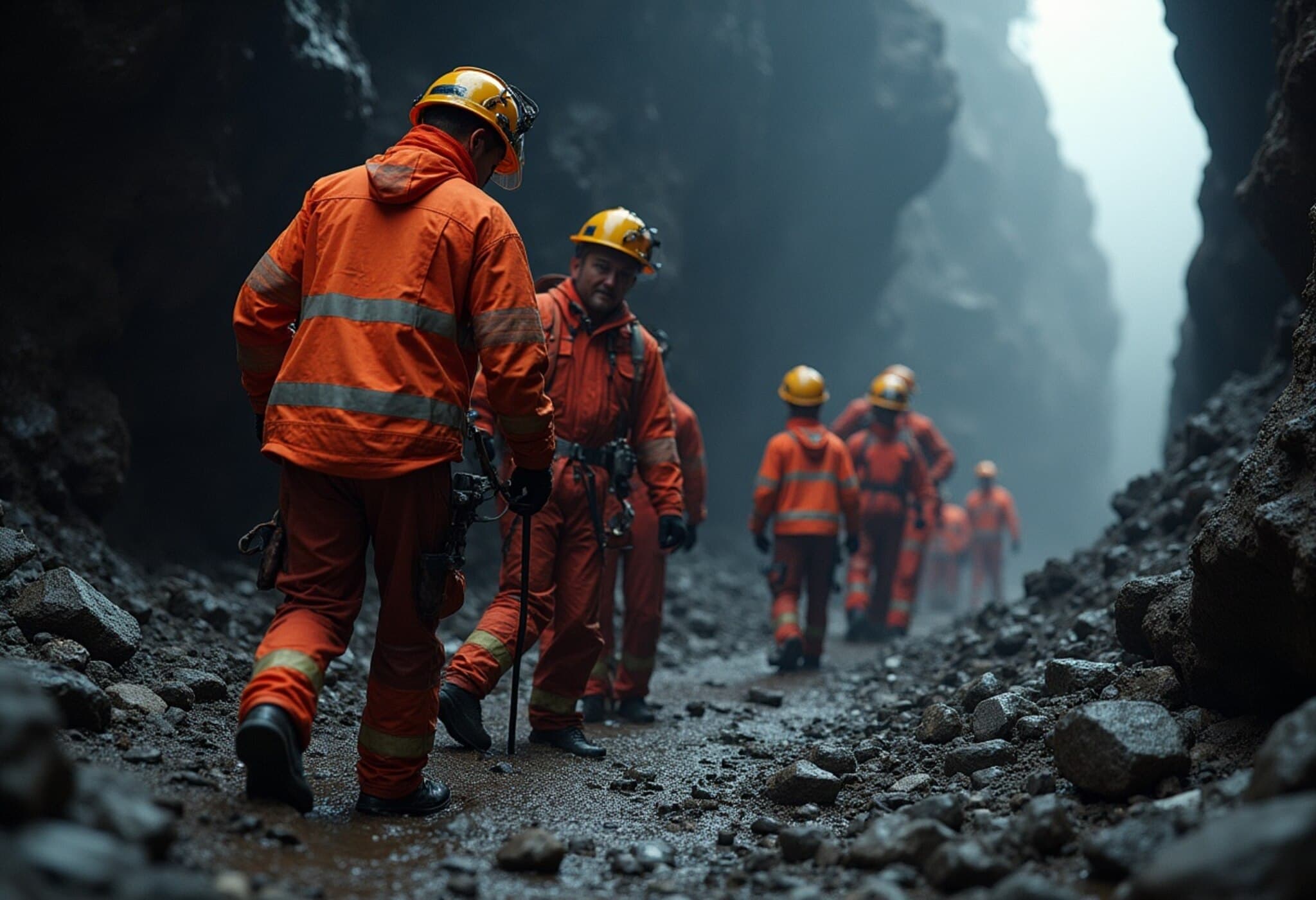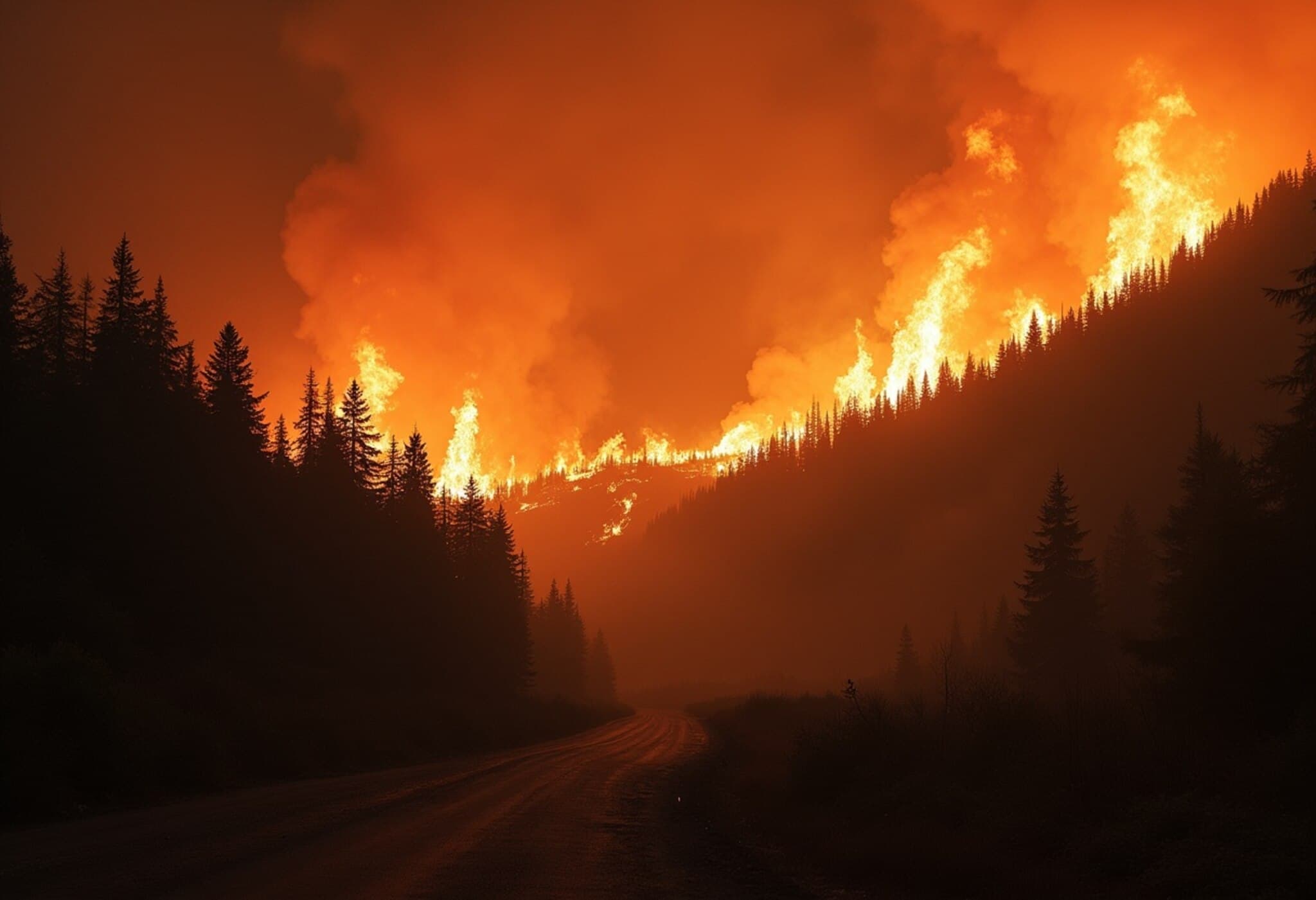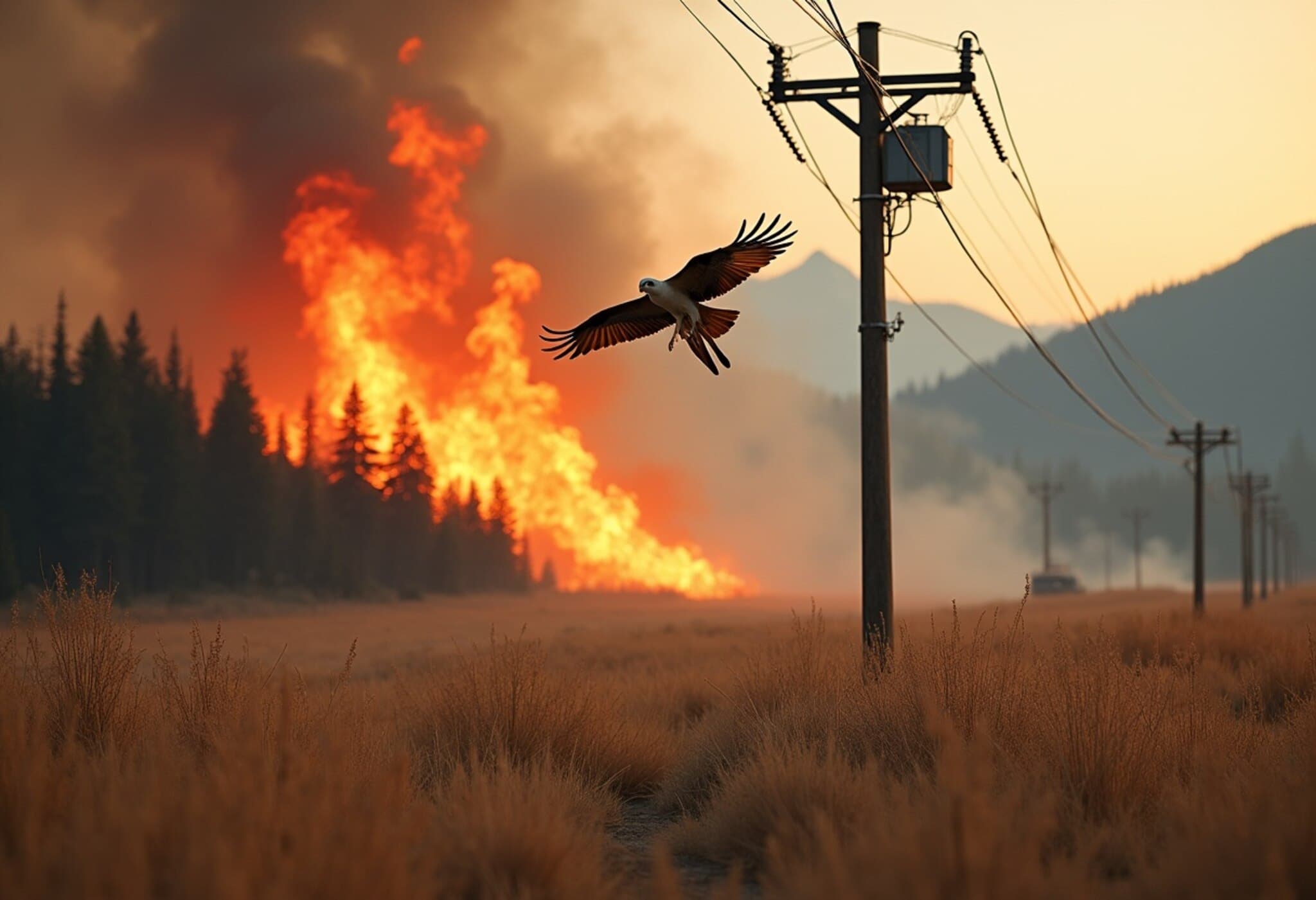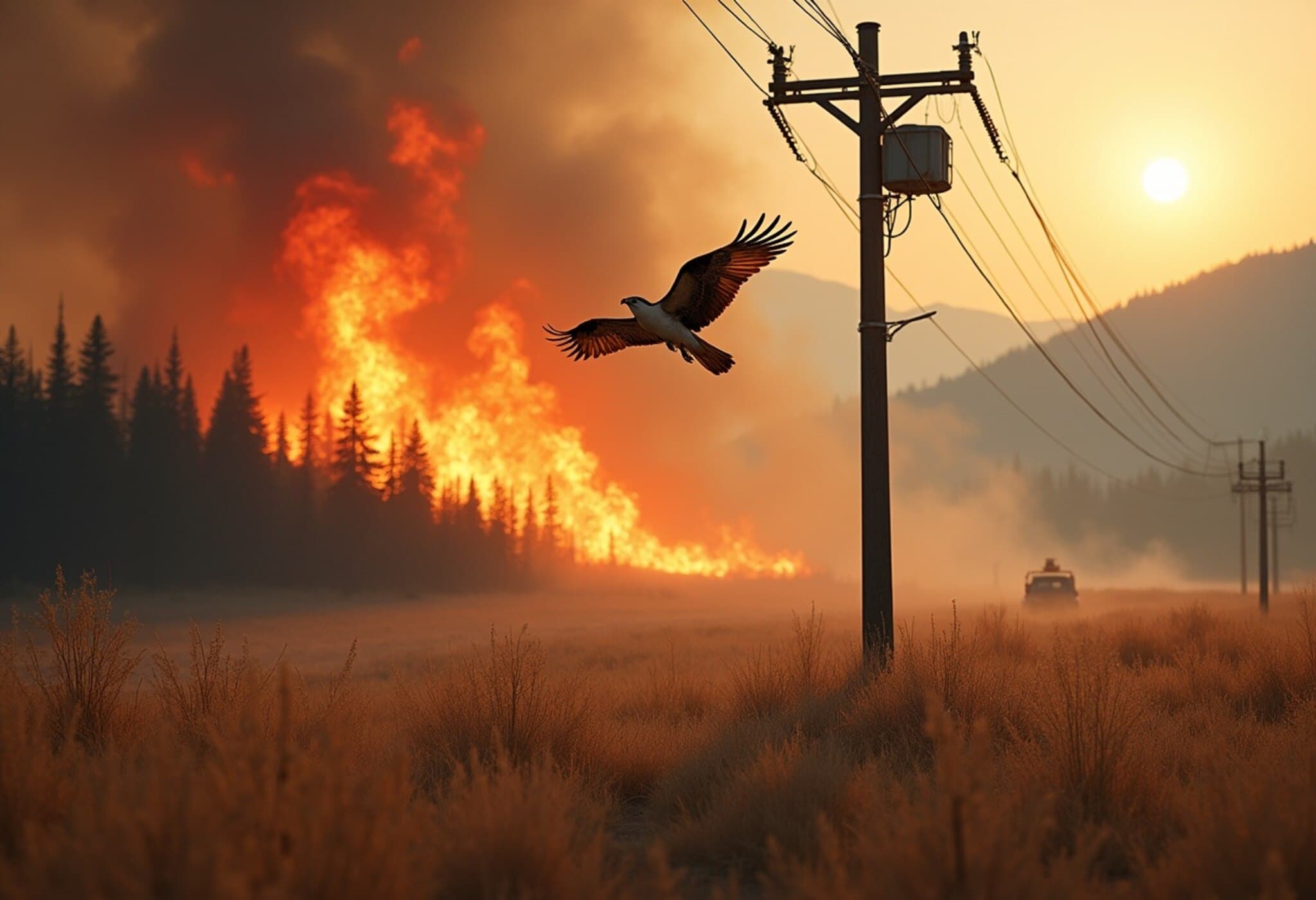Three Miners Rescued Following Collapse at British Columbia Mine
In a gripping rescue operation that captured attention across Canada, three workers trapped deep underground at the Red Chris Mine in northwest British Columbia were safely brought back to the surface on Thursday evening after spending over two harrowing days trapped following a mine collapse.
Details of the Incident
The miners, employed by a drilling company contracted at the gold and copper Red Chris Mine, became trapped Tuesday morning when a section of the mine collapsed near their working zone. Shortly after, a second collapse occurred, but by then the miners had managed to take refuge in a specially equipped refuge chamber stocked with food, water, and ventilation systems sufficient for prolonged survival underground.
This refuge chamber likely played a pivotal role in sustaining the miners’ well-being as rescue teams mounted a continuous, 24/7 effort to reach them.
The Rescue Operation
Newmont Corporation, the mine's operator, reported that contact with the workers became limited following the second collapse, intensifying the urgency and complexity of the rescue mission. Highly specialized crews utilized remote-controlled machinery — in particular a scoop device to clear debris from the access tunnel — to forge a safe path for rescuers to reach the miners.
By Thursday evening, the operation culminated successfully when all three workers were retrieved and returned to the surface. Newmont confirmed the miners were safe, in good health, and maintaining positive spirits, a testament to both their resilience and the effectiveness of mine safety protocols.
Context and Implications
The Red Chris Mine, operational since 2014 and authorized to extract precious metals through 2038, is situated near Iskut in a remote area of British Columbia. This locale poses unique challenges for emergency responses, given its rugged geography and distance from urban centers.
Mining remains a vital economic engine in British Columbia, contributing significantly to local employment and Canada’s export portfolio of minerals. However, incidents like this underscore the inherent risks workers face underground and highlight the critical importance of stringent safety regulations and emergency preparedness:
- Safety infrastructure: The presence of refuge chambers with life-support essentials is increasingly recognized as a lifesaving standard in hazardous work environments.
- Technology and training: The successful use of remote-controlled equipment illustrates growing reliance on advanced technologies to mitigate risks during rescue operations.
- Policy considerations: Calls for renewed focus on mine safety policies, worker protections, and rapid response mechanisms resonate strongly in light of this event.
Looking Forward: Lessons and Reflections
While this incident thankfully ended without loss of life, it serves as a stark reminder of the unpredictability that miners confront daily. The collaboration between corporate operators, specialized rescue teams, and regulatory bodies was instrumental in averting tragedy.
Experts emphasize that continuous investment in safety technology, improving communication systems below ground, and rigorous training are essential to better safeguard workers. Additionally, this case invites reflection on how remote industrial operations can strengthen community partnerships and emergency response coordination.
Editor’s Note
The dramatic rescue at the Red Chris Mine shines a spotlight on both the dangers inherent in mining and the remarkable human and technological efforts that go into protecting workers. As resource extraction continues to be a cornerstone of British Columbia’s economy, this story raises vital questions about how evolving safety standards and innovations can further prevent such incidents. It also reminds us of the unseen bravery of miners, whose labor beneath the earth fuels industries worldwide. How can policymakers, corporations, and communities collaborate more effectively to bolster these workers’ safety in the decades ahead?
















